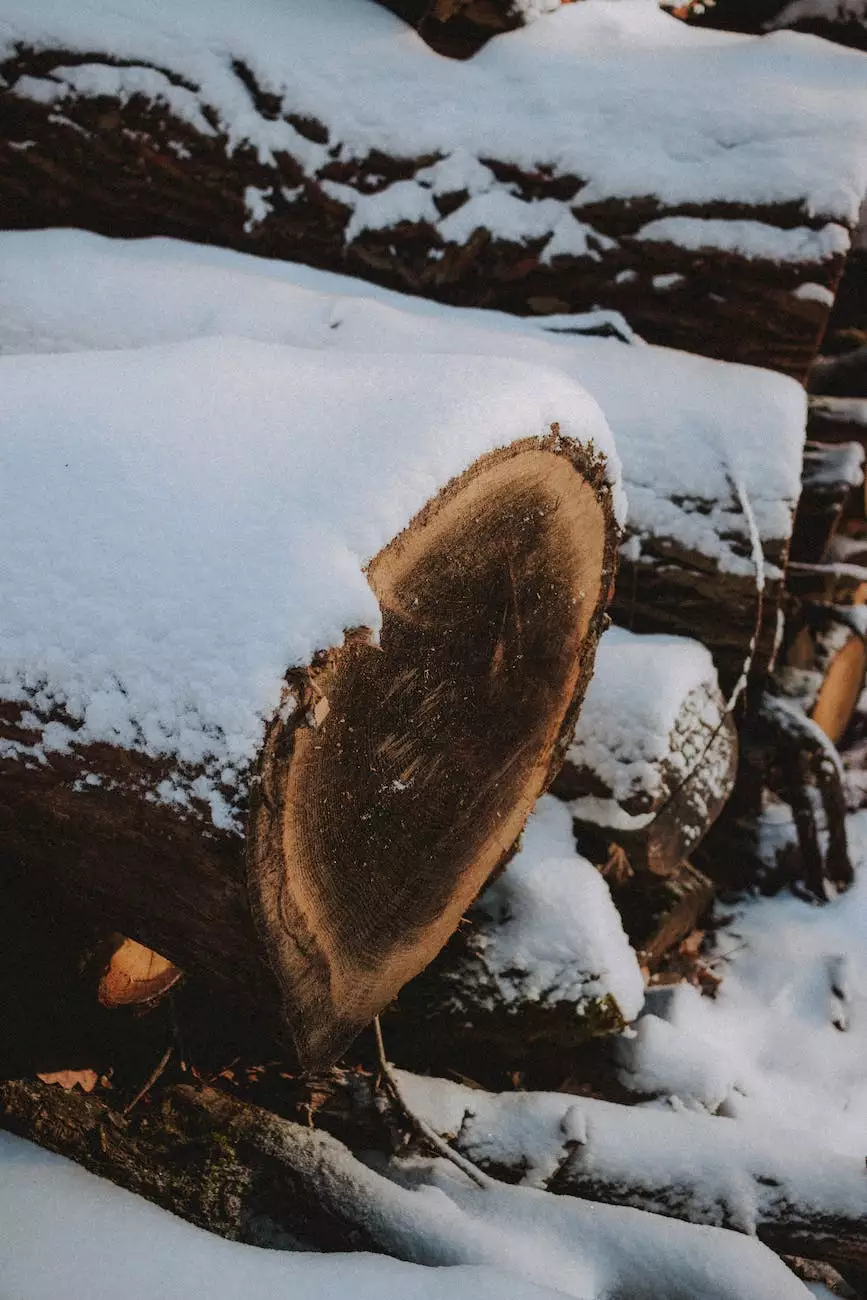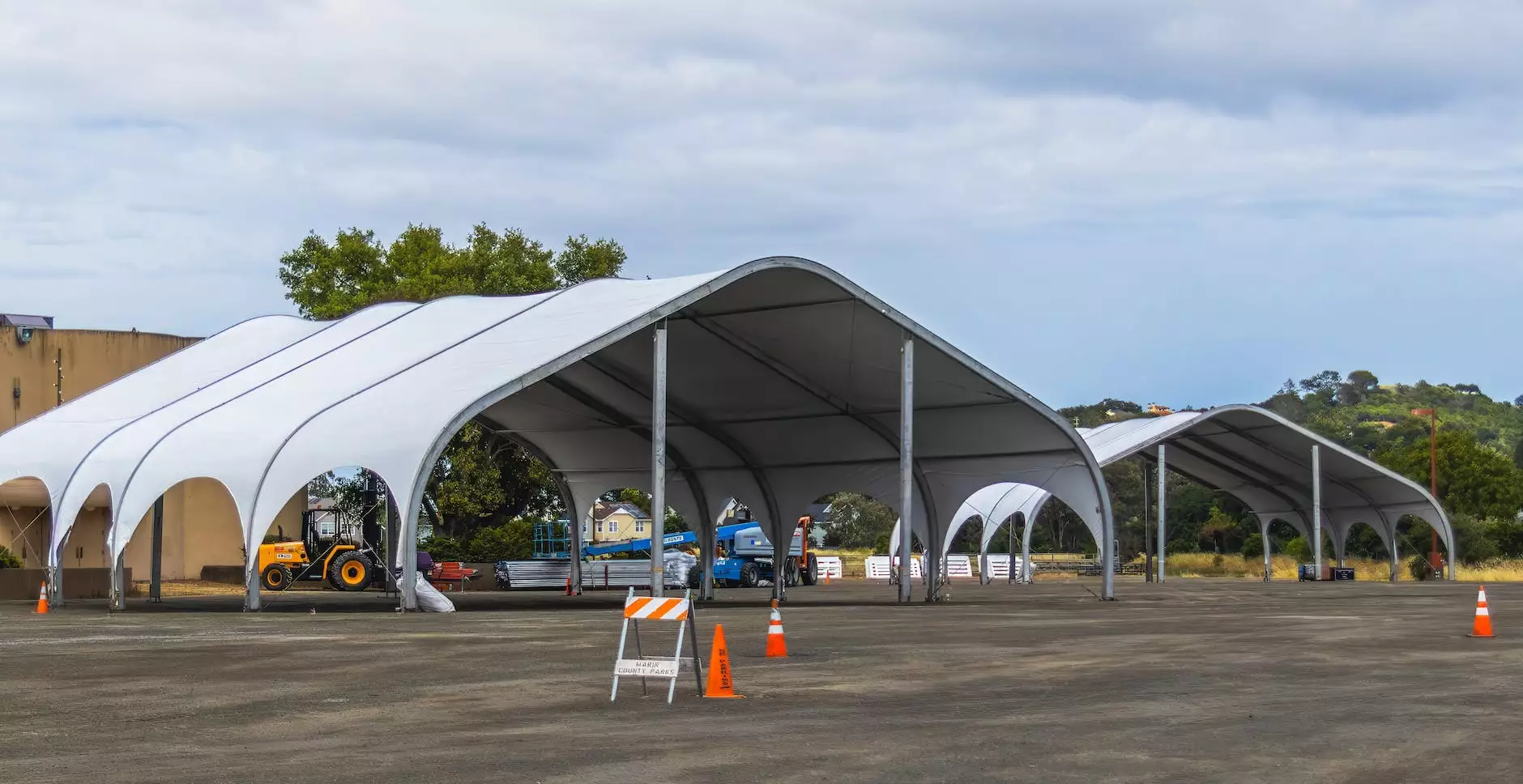How to Store Your Winter Gear After the Snow Stops
Storage
Winter is a beautiful season, filled with snow-covered landscapes and exciting outdoor activities. However, once the snow stops and spring begins to emerge, it's time to think about properly storing your winter gear to ensure its longevity and optimal performance for the next season. At Screens Unlimited, we understand the importance of taking care of your winter equipment, which is why we have compiled this comprehensive guide on how to store your winter gear.
The Importance of Proper Winter Gear Storage
Properly storing your winter gear is crucial for its durability and functionality. By following these guidelines, you can ensure that your snow gear, including boots, jackets, pants, and accessories, remain in top condition for every winter season:
1. Clean and Dry Your Gear
Before storing your winter gear, make sure to thoroughly clean and dry each item. This step is vital to prevent mold, mildew, and unpleasant odors from developing during storage. Remove any dirt, stains, or salt residue, and allow your gear to air dry completely.
2. Inspect for Damage
Take the time to inspect all your winter gear for any signs of damage or wear. Check for loose threads, broken zippers, or holes that may need repairing. Identifying and addressing these issues now will save you time and frustration when you retrieve your gear for the next winter season.
3. Use Proper Storage Containers
Invest in high-quality storage containers that are specifically designed for winter gear. These containers should be durable, moisture-resistant, and provide adequate protection against dust and pests. Avoid using plastic bags or cardboard boxes, as they may not provide sufficient protection.
4. Use Protective Covers
For larger items such as snowboards and skis, consider using protective covers to prevent scratches and damage. These covers are typically made of padded materials that shield your gear from impact during storage.
5. Store in a Cool, Dry Location
Choose a storage location that is cool, dry, and away from direct sunlight. Excessive heat, moisture, and sunlight can cause damage to your winter gear, including fading colors and material deterioration. A basement or a climate-controlled storage unit are ideal options for storing your items.
6. Properly Store Boots and Shoes
To maintain the shape and integrity of your winter boots, stuff them with crumpled newspaper or use boot shapers. This will help prevent creases and maintain their original form. Store boots and shoes in an upright position to prevent deformation or damage to the soles.
7. Consider Using Desiccants or Moisture Absorbers
To combat excess moisture and prevent the growth of mold or mildew, consider placing desiccant packs or moisture absorbers in your storage containers. These products can help maintain optimal humidity levels and keep your gear fresh during the offseason.
8. Keep Items Organized
Label your storage containers and keep an inventory of the items you have stored. This will make it easier to find specific gear when you need it and ensure that everything is accounted for. Organizing your winter gear will save you time and frustration when the snow starts to fall again.
Final Thoughts
Storing your winter gear properly after the snow stops is essential for its longevity and optimal performance. By following these guidelines provided by Screens Unlimited, you can ensure that your winter gear remains in excellent condition year after year. Remember, taking the time to clean, dry, inspect, and organize your gear will save you time and money in the long run, allowing you to enjoy every winter season to the fullest.









